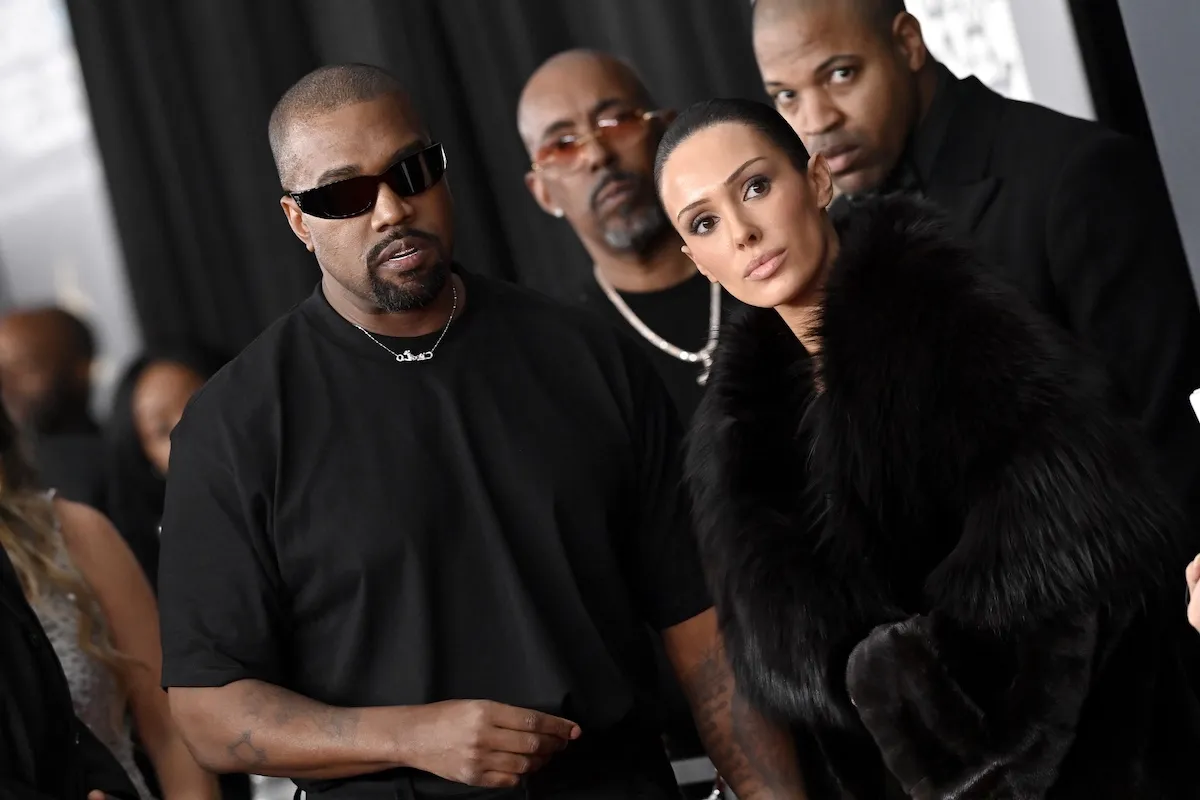
‘Luckiest Girl Alive’: The Biggest Differences Between the Netflix Movie and Best-Selling Novel
In 2015, novelist Jessica Knoll released her book Luckiest Girl Alive. The novel went on to The New York Times Bestseller list. With all the hype surrounding the book, the film rights to the story were quickly picked up by Lionsgate, with Reese Witherspoon’s production company, Pacific Standard, set to produce the film.
While quite unusual in the industry, the author of the book also served as the screenplay writer. Production for the film began in 2021, with Mila Kunis being cast as the lead character, TifAni “Ani” Fanelli. The film was released in select theaters on September 30, 2022, and then released to Netflix streaming on October 7, 2022.

While the film received mixed reviews, what surprised fans of the story the most was the key differences between the novel and the film. Discover three of the most noticeable differences between the Luckiest Girl Alive novel and film adaptation below.
1. Ani’s relationship with Mr. Larson
One fundamental difference between the Luckiest Girl Alive best-selling novel and the Netflix movie was how the relationship was portrayed between Ani and Mr. Larson. In the book, fans flipped the pages which tell the story of how Ani and Mr. Larson started a relationship years after Mr. Larson had been Ani’s high school teacher.
Readers learned that when Ani was in high school, she had a crush on Mr. Larson, who was in his early twenties. The pair reconnect as they both meet up at Bradley to share their stories in the upcoming documentary, and things get steamy between the duo.
In comparison, the film relationship between Ani and Mr. Larson is quite different. In the film, Ani and Luke have dinner with Mr. Larson and his wife, where Ani reveals to Mr. Larson that she is his former student Tiffani.
Nothing physical happens between the pair in the film, the only sighting of Mr. Larson in the film is at the dinner and then in a flashback scene where he gets Ani help after her assault. Mr. Larson simply doesn’t garner the same importance of influence in the film as the character did in the book.
2. Ani’s ending with Luke
Another fundamental difference between the novel and the film is Ani’s ending with Luke. In the book, Ani and Luke nearly get married. However, readers uncover that Ani calls it quits with Luke after she finds out that he got rid of one of her Bradley mementos without asking her.
Luke’s actions are what cause Ani to realize that he never really cared about her past or the trauma she endured and simply wants her to move on and forget about everything that happened. In the film, Ani also chooses to leave Luke. However, the reasoning behind it is different.
In the movie, Ani decides to write a tell-all about her assault for The New York Times. Right before she is about to walk down the aisle, she tells Luke about her article. Luke is admittedly against Ani publishing the tell-all, and fans see Ani leaving Luke, choosing her story over him.
1. The importance of the documentary in the storyline
A final key difference between the film and the novel is the documentary. In the book, Ani has already been presented with the opportunity to do the documentary. Readers learn that she is determined to share her past traumas involving the Bradley school in the documentary and is looking forward to finally getting the opportunity to clear her name.
In comparison, in the film, Ani is not determined to participate in the documentary. Instead, she is coerced by the documentary filmmakers to participate in the project. Overall, the balance between the filmmakers and Ani is quite different in the film than it was portrayed in the novel.
While there are a number of key differences between the film and the novel, the common theme found in both stories is that Ani finally gets to tell the world her truth about the assault and trauma that she endured during her high school years.


